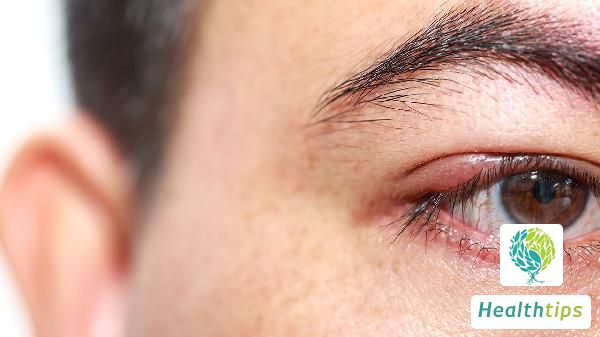"What Precautions Should Be Taken for Having Vitiligo on the Scalp?"
Post-Vitiligo on the Scalp: Essential Precautions and Management

After the onset of vitiligo on the scalp, it is crucial to maintain local cleanliness and hygiene, avoid irritation, adjust dietary habits, and adhere to medication prescribed by a physician. Below are the key aspects to consider:
Daily Precautions
1. Maintain Local Cleanliness and Hygiene: Scalp vitiligo is a localized depigmentation patch, possibly linked to genetic factors. Failure to properly care for the scalp can lead to bacterial infections, exacerbating the condition. Thus, regular hair washing with moisturizing shampoo is essential.
2. Avoid Irritation: Avoid scratching the affected area with hands to prevent skin damage. Additionally, steer clear of chemical substances and direct sunlight (UV radiation) as they can enlarge the white patches and compromise health.
3. Adjust Dietary Structure: Incorporate foods rich in Vitamin C, such as kiwi and tomatoes, into your diet. These can supplement essential nutrients, facilitate melanin production, and alleviate symptoms to some extent.
Medical Treatment
If the condition is severe, your physician may prescribe topical medications like tacrolimus ointment and pimecrolimus cream for their anti-inflammatory effects. Oral supplements like Psoralea corylifolia tincture and Angelica dahurica tincture can also be used as adjunctive therapy to aid recovery. Furthermore, maintaining a regular sleep schedule and engaging in physical activities are vital.
Should any significant discomfort arise during this period, immediate medical attention is crucial to prevent further complications.



















